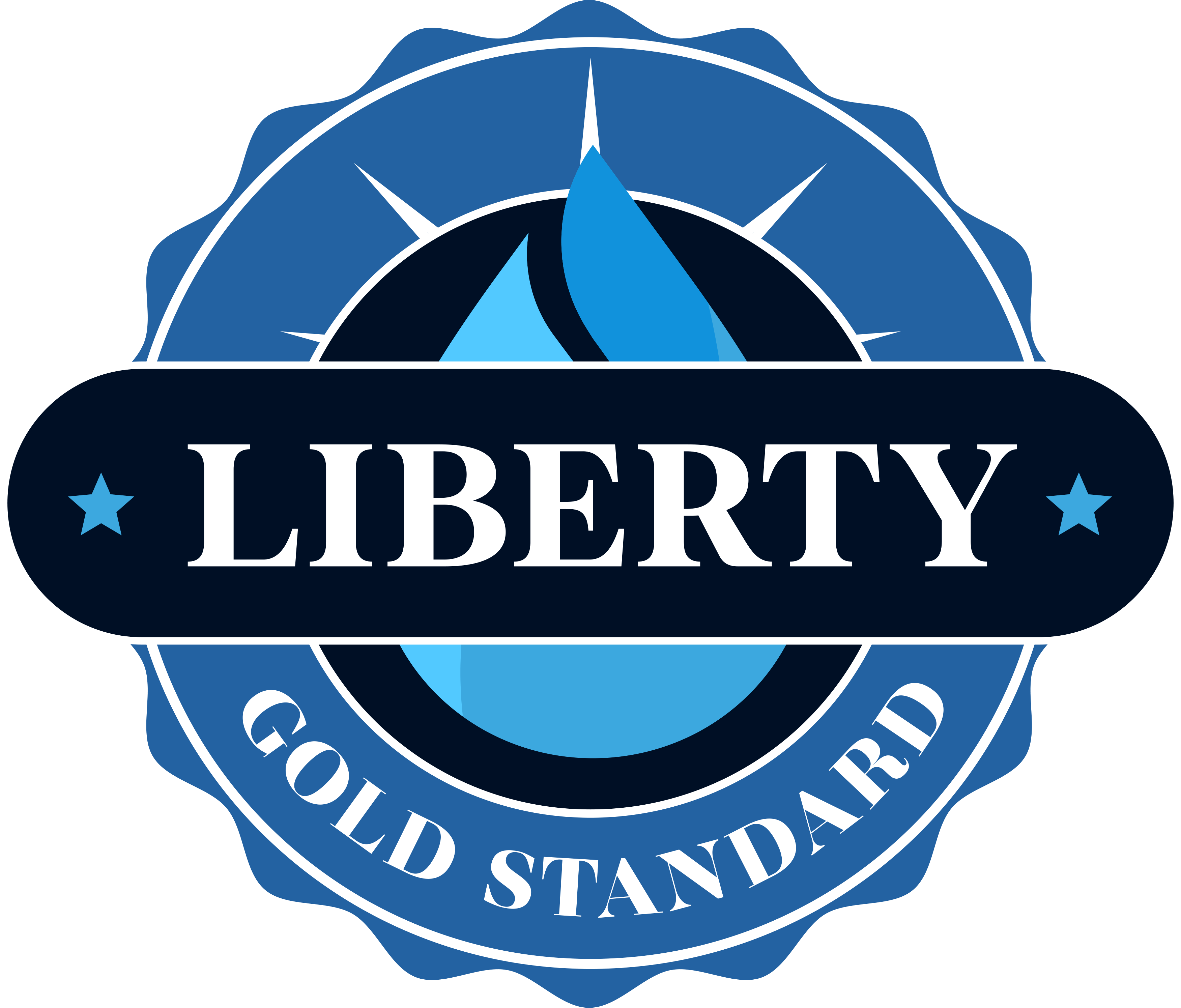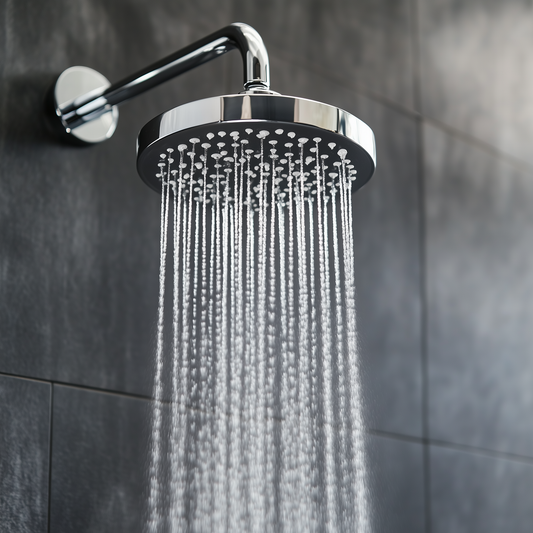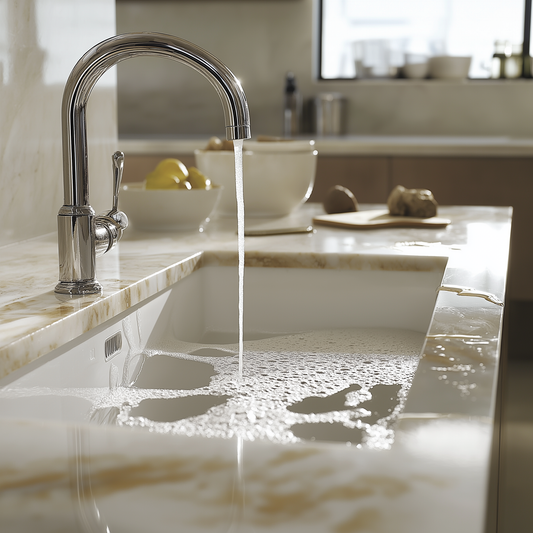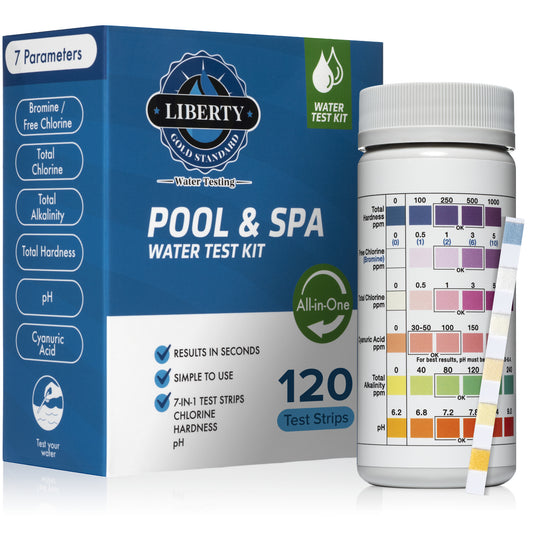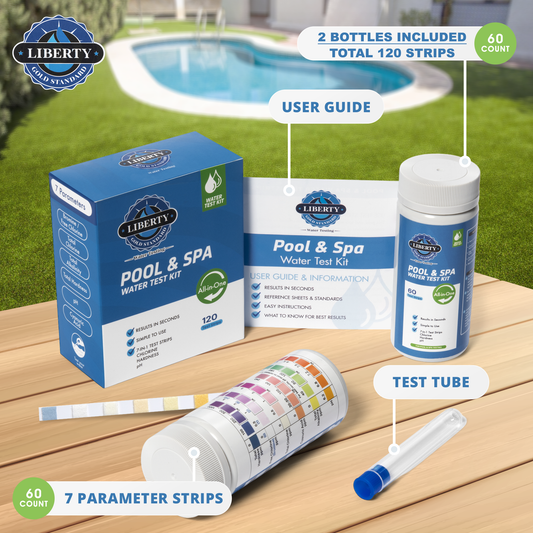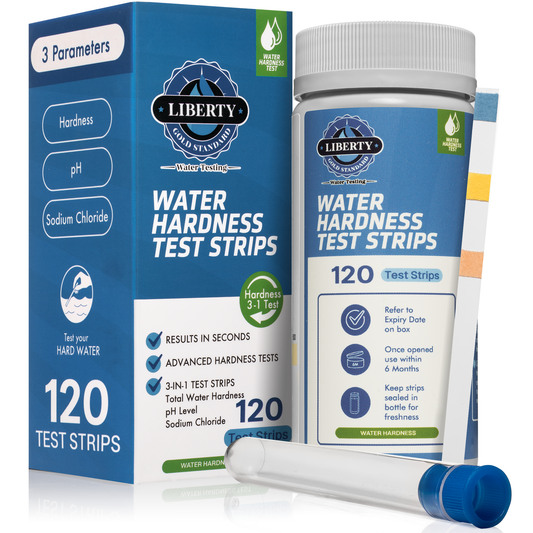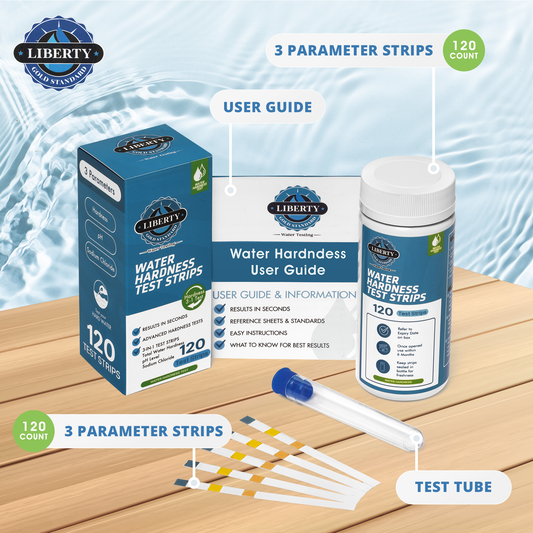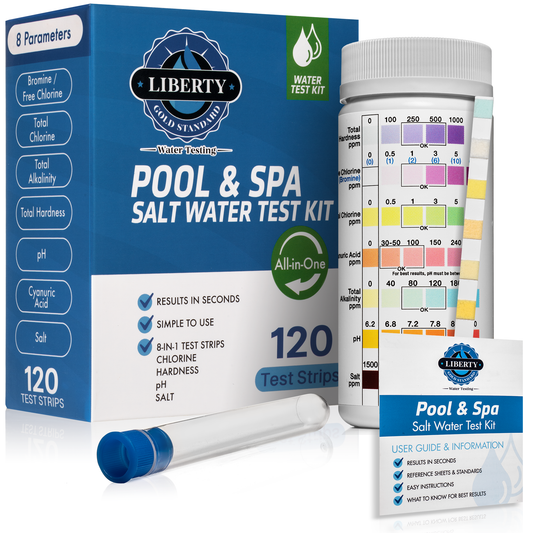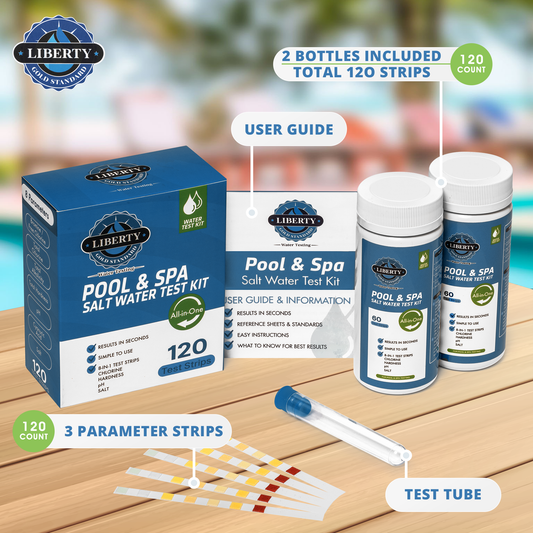QUAT/QAC water testing is a crucial process in ensuring the safety and quality of drinking water. Quat, short for quaternary ammonium compounds, is a common disinfectant used in water treatment to kill harmful bacteria and viruses. However, excessive levels of Quat in drinking water can have adverse health effects, making regular testing essential.
What is Quat/Qac water testing and why is it important?
Quat/Qac water testing involves analyzing the concentration of quaternary ammonium compounds in drinking water. This testing is important because high levels of Quat can lead to health issues such as skin irritation, respiratory problems, and gastrointestinal distress. By monitoring Quat levels, water treatment facilities can ensure that drinking water is safe for consumption.
What should you do if Quat levels are high in drinking water?
If Quat levels are found to be high in drinking water, immediate action should be taken to reduce the concentration of these compounds. This may involve adjusting the dosage of disinfectants, improving water treatment processes, or implementing additional filtration methods. It is crucial to address high Quat levels promptly to prevent potential health risks to consumers. If your drinking water detects high levels of QUAT this would irregular and would require additional testing and investigations into the source.
Recommended ppm
Levels When testing water for QUAT levels, the recommended ppm (parts per million) can vary depending on the specific application. In general, for disinfection purposes, QUAT levels between 200-400 ppm are typically recommended. This range is effective in killing a wide range of pathogens while still being safe for human contact. For more specific applications, such as food processing or healthcare facilities, the recommended QUAT levels may be higher to ensure thorough disinfection. In these cases, levels between 400-800 ppm may be more appropriate.
Recommended Levels for Safe Drinking Water According to the Environmental Protection Agency (EPA), the recommended levels of QUATs in drinking water should not exceed 0.1 milligrams per liter (mg/L). This level is considered safe for human consumption and does not pose any health risks. According to industry standards and guidelines, the recommended QUAT levels for safe drinking water typically range from 0.5 ppm to 2 ppm. These levels are considered safe for human consumption and are effective in controlling microbial contamination in water.

Top 3 questions and answers for Quat testing
1. How often should Quat/Qac water testing be conducted?
Quat/Qac water testing should be conducted regularly, ideally on a monthly basis, to ensure ongoing monitoring of disinfectant levels in drinking water.
2. What are the health risks associated with high Quat levels in drinking water?
Health risks associated with high Quat levels include skin irritation, respiratory problems, gastrointestinal distress, and potential long-term health effects with prolonged exposure.
3. How can consumers protect themselves from high Quat levels in drinking water?
Consumers can protect themselves by using water filters certified to remove Quat compounds, staying informed about water quality reports, and advocating for regular testing and monitoring of Quat levels in their drinking water.
Use Promo Code QUAT15 to Save 15% Water Testing Kits to test your levels today!
To check Quat levels in your home drinking water and 16 other parameters, try the complete water test kit from Liberty Gold Standard. It's quick, taking just 30 seconds to see if levels are high.
